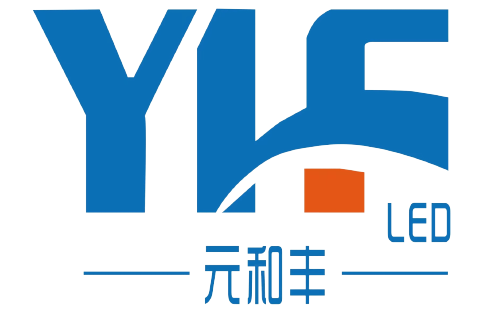Introduction
The use of led aluminium screens in architecture offers numerous practical advantages that contribute to both the functionality and aesthetic appeal of buildings. This article aims to explore the various benefits of using led aluminium screens in architectural design, highlighting their versatility, durability, energy efficiency, and environmental sustainability.
Versatility in Design
LED Aluminium screens offer architects and designers a wide range of possibilities in terms of design flexibility. With its lightweight nature, aluminium can be easily molded into different shapes and forms, allowing for intricate and creative patterns. This versatility enables the incorporation of unique visual elements that enhance the overall appeal of a building.
Durability and Strength
One of the key advantages of using led aluminium screens in architecture is their exceptional durability and strength. Aluminium is highly resistant to corrosion, making it ideal for exterior applications. Its inherent strength ensures that the screens can withstand harsh weather conditions, providing long-lasting protection for the building's interior and exterior surfaces.
Energy Efficiency
LED Aluminium screens contribute to energy efficiency in architecture through their ability to control natural light and heat. The screens can be designed to allow for optimal daylight penetration while minimizing heat gain during the summer and heat loss during the winter. By regulating the amount of sunlight entering a building,led aluminium screens reduce the reliance on artificial lighting and heating systems, leading to significant energy savings.
Environmental Sustainability
Aluminium is a highly sustainable material due to its recyclability and low carbon footprint. Unlike other building materials,led aluminium screens can be easily recycled and reused without losing their structural integrity. The production process of aluminium also requires less energy compared to other metals, further reducing its environmental impact. Incorporating led aluminium screens into architecture promotes green building practices and contributes to a more sustainable future.
Maintenance and Cost-effectiveness
Another practical advantage of led aluminium screens is their low maintenance requirements and cost-effectiveness. Unlike traditional building materials, such as wood or concrete,led aluminium screens do not require frequent repainting or sealing. Additionally, the longevity of led aluminium screens reduces the need for regular replacements, resulting in cost savings over the building's lifespan.
Conclusion
In conclusion,led aluminium screens offer a multitude of practical advantages in architectural design. From their versatility in design to their durability, energy efficiency, and environmental sustainability,led aluminium screens provide architects and designers with a material that not only enhances the visual appeal of buildings but also contributes to their functionality and long-term performance.
